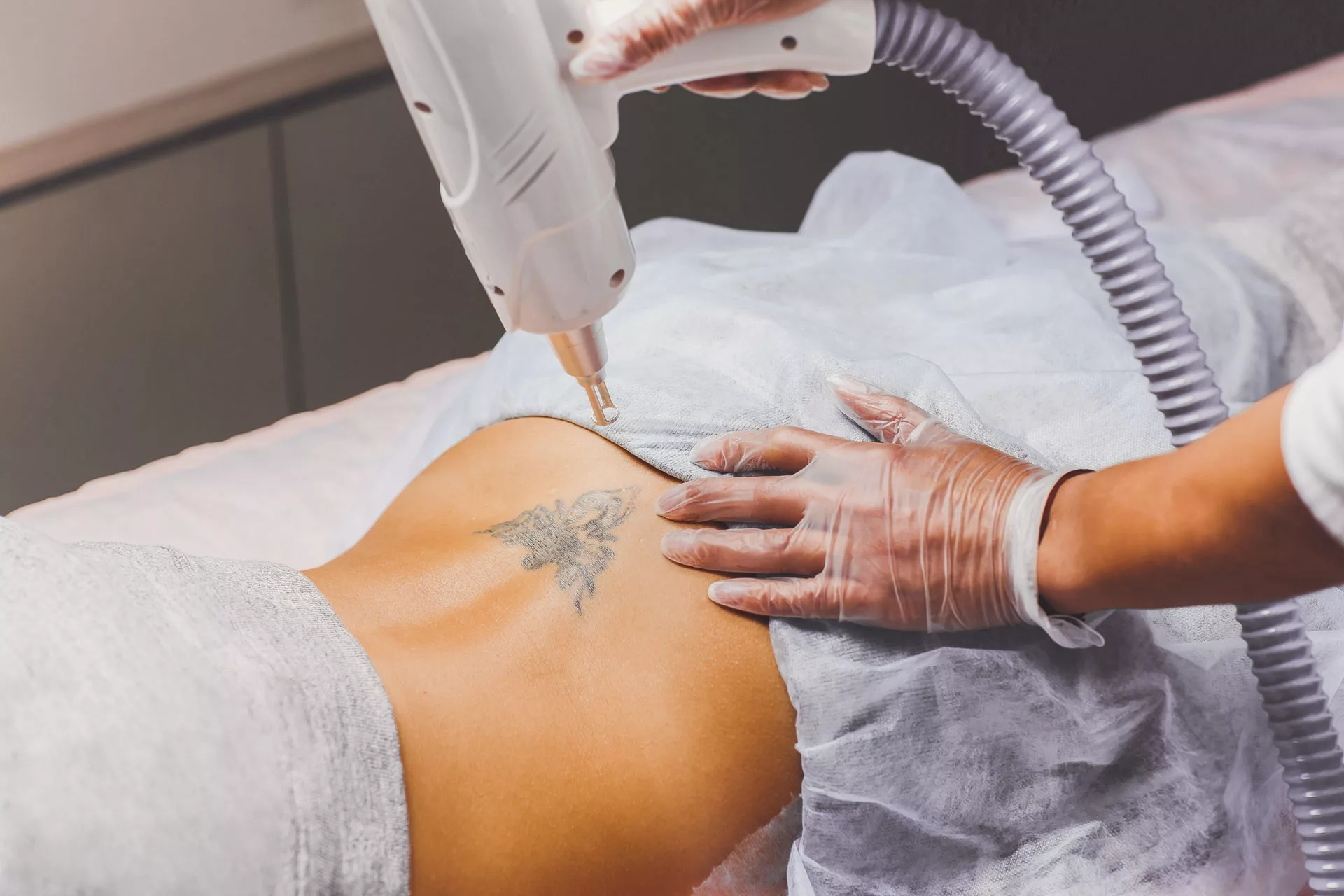Laser tattoo removal has become one of the most effective methods for erasing unwanted tattoos, thanks to advancements in laser technology and techniques. However, achieving the best possible results requires careful planning and adherence to best practices from both the clinic’s and the patient’s perspectives. This comprehensive guide explores key strategies and tips to maximize results with laser tattoo removal.
1. Selecting the Right Laser Technology
1.1. Choose the Appropriate Laser Type: Different types of lasers are designed for specific tattoo removal needs:
- Q-Switched Lasers: These are ideal for breaking down tattoo ink particles and are commonly used for various ink colors.
- Picosecond Lasers: Known for their ability to target and fragment ink particles more efficiently, reducing the number of sessions needed and potentially offering better results.
1.2. Consider the Laser’s Wavelength: Different wavelengths target different colors of ink. Ensure the laser used can effectively treat the specific colors present in the tattoo.
1.3. Ensure Proper Calibration: Regular calibration and maintenance of the laser ensure optimal performance and safety. Verify that the equipment is calibrated correctly to match the specific needs of the tattoo being treated.
2. Pre-Treatment Preparation
2.1. Conduct a Thorough Consultation: A detailed consultation helps in understanding the tattoo’s characteristics and the patient’s skin type, which informs the treatment plan. Key aspects to cover include:
- Tattoo History: Age, size, color, and depth of the tattoo.
- Skin Type and Condition: Assessing the patient’s skin type and any underlying conditions that may affect the treatment.
2.2. Set Realistic Expectations: Communicate clearly with patients about what to expect regarding the number of sessions required, potential discomfort, and possible side effects. Setting realistic expectations helps in managing patient satisfaction and compliance.
2.3. Skin Preparation: Advise patients to avoid sun exposure and use sunscreen before treatment to reduce the risk of complications. best tattoo removal laser Proper skin hydration and avoiding certain medications can also help in preparing the skin for optimal results.
3. Treatment Protocols
3.1. Adjust Settings for Optimal Results: Laser settings should be tailored to the individual’s tattoo characteristics and skin type. Adjust parameters such as:
- Energy Levels: Higher energy levels may be required for stubborn or darker inks, but must be balanced to avoid damaging surrounding skin.
- Pulse Duration: Shorter pulse durations are generally more effective for pigment removal.
3.2. Follow the Recommended Treatment Plan: Adhere to the recommended intervals between sessions to allow the skin to heal and for the tattoo particles to be broken down. Overlapping sessions too soon can lead to complications and diminished results.
3.3. Use Cooling Techniques: Cooling the treatment area can minimize discomfort and reduce the risk of side effects. Techniques include:
- Cold Compresses: Applying cold compresses before and after treatment to soothe the skin.
- Cryogen Spray: Using cryogen spray during the procedure to cool the skin and reduce discomfort.
4. Post-Treatment Care
4.1. Provide Detailed Aftercare Instructions: Effective post-treatment care is crucial for maximizing results and minimizing complications. Key instructions should include:
- Avoiding Sun Exposure: Patients should avoid direct sunlight and use sunscreen to protect the treated area.
- Moisturizing: Applying recommended moisturizers or ointments to keep the skin hydrated and promote healing.
- Avoiding Irritants: Recommending avoidance of harsh chemicals, exfoliants, and tight clothing that may irritate the treated area.
4.2. Monitor and Manage Side Effects: Patients should be advised to report any unusual side effects or complications. Common side effects include redness, swelling, and blistering. Prompt management can prevent more serious issues and ensure better outcomes.
4.3. Schedule Follow-Up Appointments: Regular follow-up appointments allow for monitoring progress and adjusting the treatment plan if necessary. These appointments also provide an opportunity to address any concerns the patient may have.
5. Enhancing Patient Experience
5.1. Create a Comfortable Environment: Ensure the treatment environment is clean, welcoming, and comfortable. This can help reduce patient anxiety and improve overall satisfaction.
5.2. Educate Patients: Educate patients about the laser tattoo removal process, including what they can expect during and after treatment. Well-informed patients are more likely to follow post-treatment care instructions and adhere to the treatment plan.
5.3. Offer Flexible Payment Options: Providing flexible payment options or financing can make treatment more accessible and increase patient satisfaction.
6. Continuous Improvement and Training
6.1. Stay Updated with Industry Trends: Keep abreast of the latest advancements in laser technology and techniques. Regularly attending industry conferences, workshops, and training sessions can enhance your practice’s effectiveness.
6.2. Invest in Staff Training: Ensure that all staff members are well-trained in operating laser equipment and providing patient care. Ongoing education and training contribute to improved treatment outcomes and patient satisfaction.
6.3. Evaluate and Adapt Protocols: Regularly review treatment protocols and patient feedback to identify areas for improvement. Adapting protocols based on new evidence and patient outcomes helps in maintaining high standards of care.
7. Case Studies and Success Stories
7.1. Analyze Successful Cases: Review and analyze successful cases to understand what worked well and replicate these practices. Documenting and sharing success stories can also boost patient confidence in the treatment.
7.2. Address Challenges: Examine cases where results were less than optimal and identify factors that may have contributed to these outcomes. Addressing challenges and learning from them can improve future treatment strategies.
8. Conclusion
Maximizing results with laser tattoo removal involves a comprehensive approach that includes selecting the right technology, preparing patients properly, following effective treatment and post-treatment protocols, enhancing the patient experience, and continuously improving practices. By focusing on these areas, clinics can achieve optimal outcomes, improve patient satisfaction, and establish a reputation for excellence in tattoo removal services.
